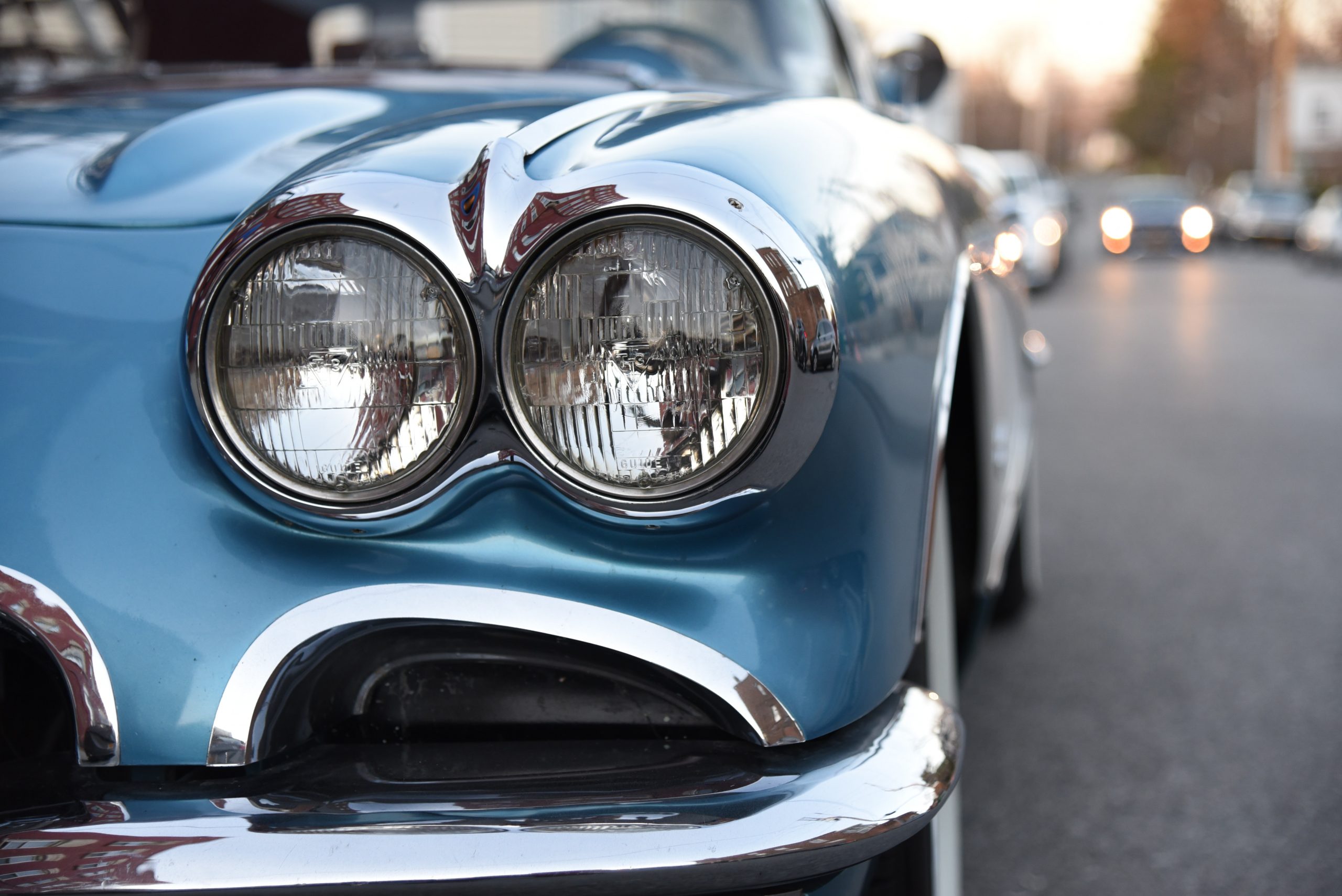Summary
– Types of bulbs in a car
– Properties of car light bulbs
– Frequency of bulb changes
– Variable price depending on the technology and the point of sale
Just like the alternator and spark plugs, car bulbs are part of the electrical circuit and are indispensable for the proper functioning of the car.
The bulbs not only affect the visibility of the vehicle, but also the lighting of its interior.
Types of bulbs in a car

The bulbs are very numerous in a car since they are 13 and not interchangeable.
The lighting is finally done with 4 types of bulbs:
– the standard bulbs with single filament;
– the standard double filament bulbs;
– the halogen bulbs;
– xenon bulbs;
– xenon bulbs;
– led light.
Car bulbs: properties and uses
Over time, lighting technologies have evolved, including various technologies for ever more efficient lamps.
– Incandescent lamps with 2 tungsten filaments. They are now abandoned.
– Halogen lamps, type H4 (2 filaments), or H7 and its derivatives (1 filament). More efficient than the previous ones, they are inexpensive.
– Xenon lamps: they offer better efficiency, but it is an expensive technology (the price of a xenon lamp: $60 to $100).
Good to know: the adjustment or replacement of xenon lamps should only be carried out by experienced technicians, because of the dangerousness of the electrical voltages delivered (about 20,000 volts).
|
|
Types of bulbs |
|||
|---|---|---|---|---|
|
Standard |
Halogen |
Xenon |
||
|
Specificity |
Single filament |
Double filament |
|
|
|
Utility |
For high or low beam headlights |
For high or low beam headlights |
|
|
|
Benefits |
Not expensive |
Not expensive |
|
|
|
Disadvantages |
Lights less well |
Lights less well |
More expensive. |
Still relatively expensive in 2012. |
Led lamps
The above table did not include a column for led lamps because they last practically the life of the vehicle. They are very advantageous: no heat production (cold lighting), resulting in low power consumption (30 to 40% less than traditional lamps)
Frequency of bulb changes
The lifetime of your bulbs depends on the technology used (standard, halogen, xenon). However, it is preferable to check them at least every two years or every 7,500 km.
In addition:
– The highway code stipulates that you must have spare bulbs in your vehicle, in case one of them is burnt out. Law enforcement can stop your vehicle if you do not have this equipment.
– It’s also a good idea to check the alignment of your lighting systems, as it may save you the trouble of changing a bulb.
Prices vary depending on the technology and the point of sale.
The price range is very wide. You can find:
– a bulb for the ceiling light (night light) at $2;
– Xenon headlight bulbs for over $200;
– an HID kit (kit to adapt a xenon bulb to your headlamp previously equipped with a halogen bulb) from $60 to over $200.
In addition, headlights equipped with xenon bulbs must be equipped with a wash system (headlamp washer), as well as a leveling system (or even a ballast, etc.). This equipment is essential to pass the technical inspection.

